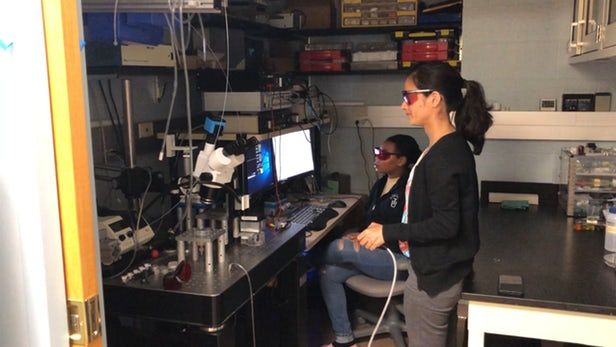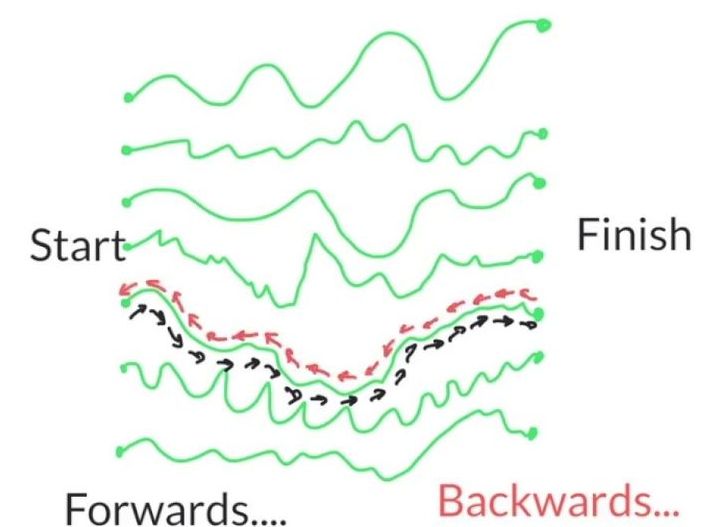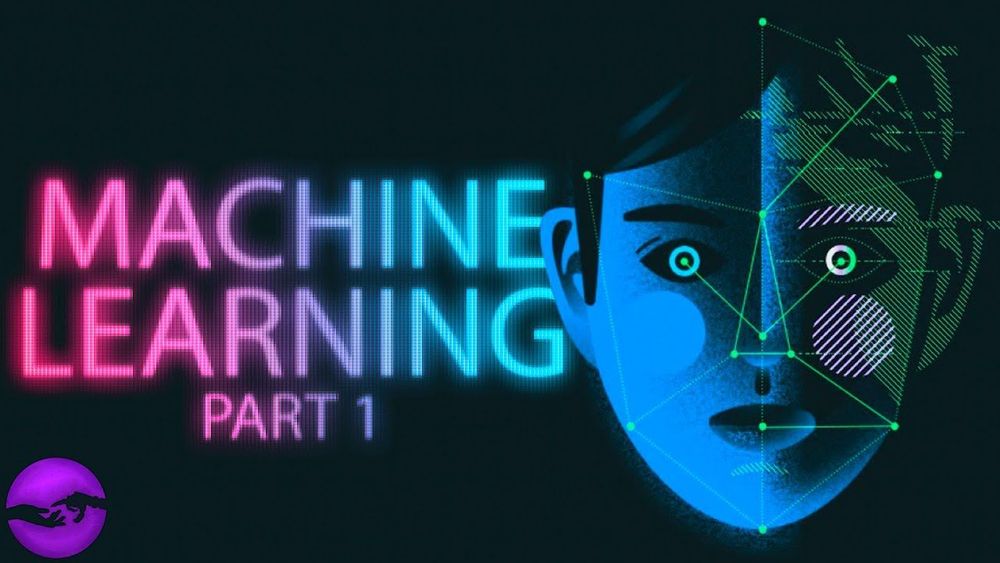Jul 9, 2019
Microrobots to change the way we work with cellular material
Posted by Alexandria Black in categories: particle physics, robotics/AI
Some of you are going to want to use this tech.
In a new study published in the Proceedings of the National Academy of Sciences, researchers from University of Toronto have demonstrated a novel and non-invasive way to manipulate cells through microrobotics.
Cell manipulation—moving small particles from one place to another—is an integral part of many scientific endeavours. One method of manipulating cells is through optoelectronic tweezers (OET), which use various light patterns to directly interact with the object of interest.
Continue reading “Microrobots to change the way we work with cellular material” »

















